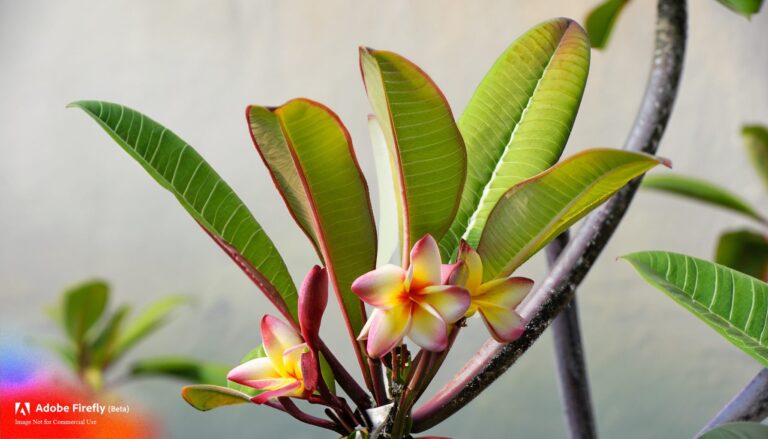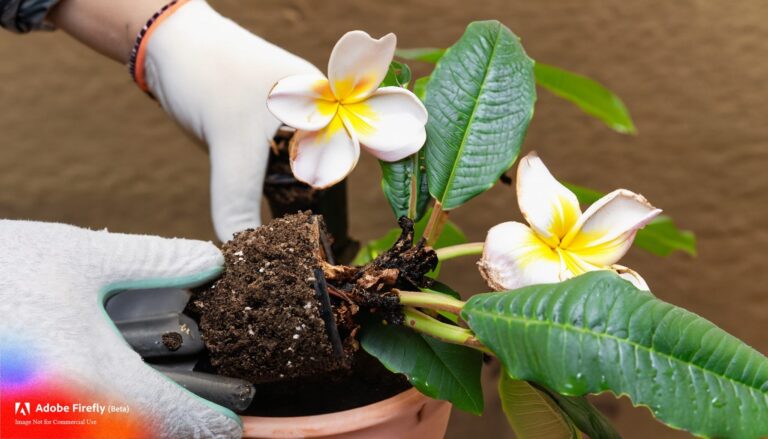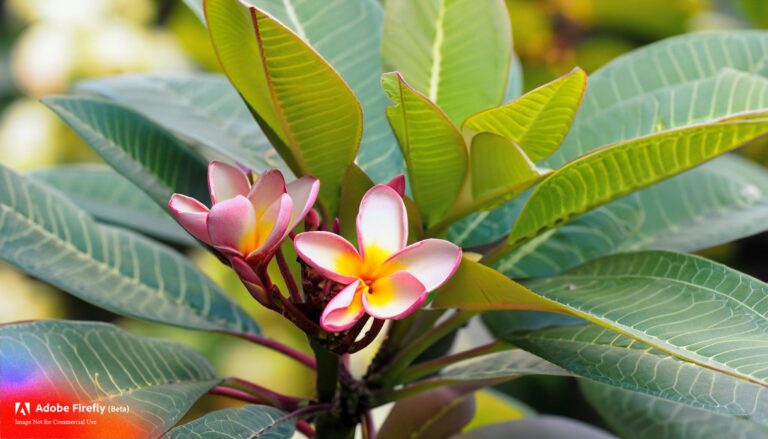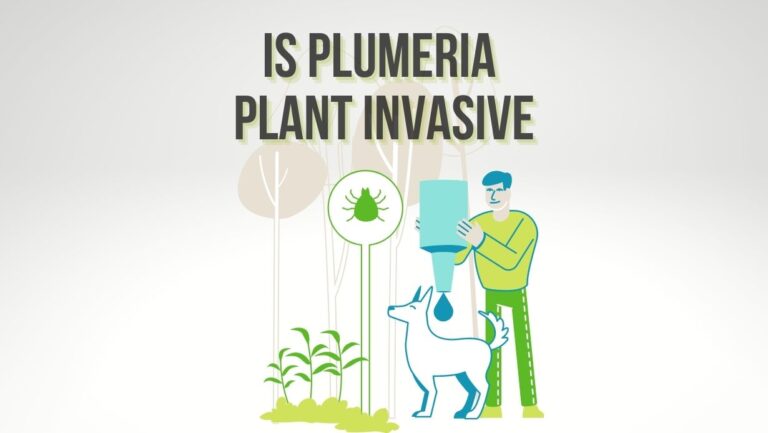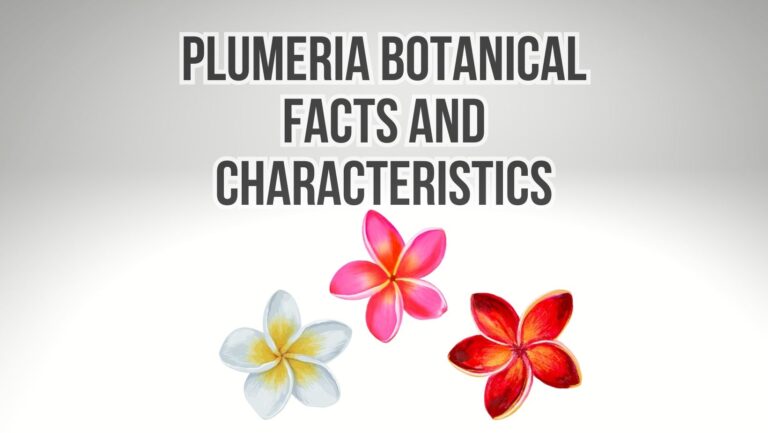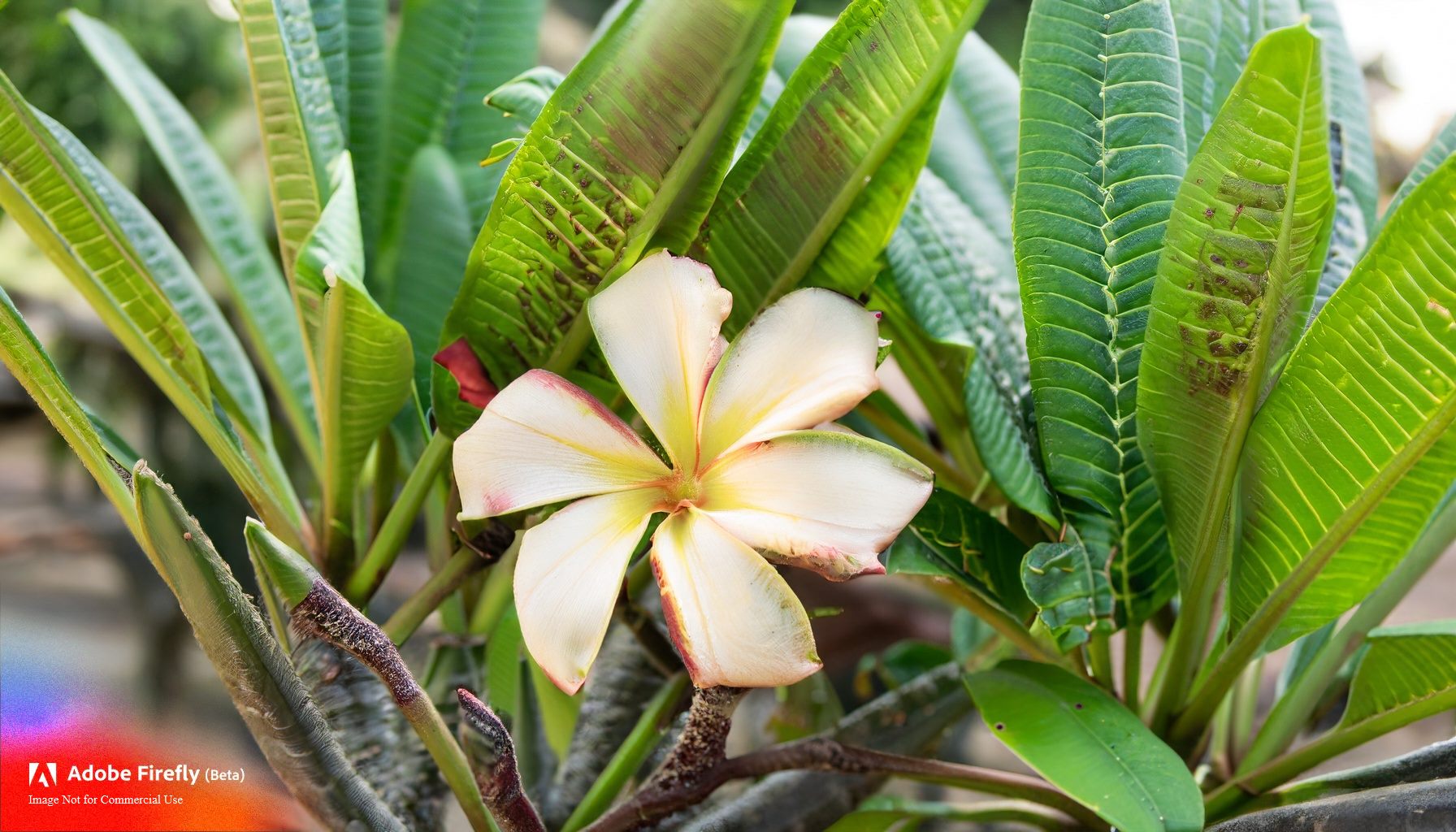
Introduction
Plumeria, also known as frangipani, is a stunning tropical plant cherished for its vibrant flowers and alluring fragrance. However, plumerias are native to warm and tropical climates, and they can be susceptible to heat stress when grown in regions with high temperatures. Heat stress can lead to various issues that negatively impact the health and vitality of plumeria plants. In this comprehensive guide, we will explore the causes, signs, and preventive measures to ensure your plumeria plants thrive even in hot and challenging environments.
Understanding Heat Stress
Heat stress occurs when plants are exposed to excessively high temperatures that exceed their optimal range for growth. Plumerias are especially sensitive to heat stress due to their tropical origin. When subjected to prolonged periods of high temperatures, plumerias can experience a range of physiological and growth-related problems that hinder their development and overall health.
Causes of Heat Stress in Plumerias
- High Temperatures: The most apparent cause of heat stress is exposure to elevated temperatures that are beyond the plant’s tolerance level. Plumerias can become stressed when temperatures consistently exceed their comfort zone, leading to various adverse effects.
- Intense Sunlight: Along with high temperatures, excessive exposure to intense sunlight can contribute to heat stress. Intense sunlight can cause rapid water loss through transpiration, leading to dehydration and stress.
- Inadequate Watering: Under hot conditions, plumerias require more water to compensate for increased transpiration rates. Inadequate watering can lead to water stress and exacerbate heat stress symptoms.
- Poor Soil Drainage: Plumerias prefer well-draining soil to prevent waterlogged roots. Poor soil drainage can lead to root rot, especially when combined with high temperatures.
- Container Plants: Plumerias grown in containers are more susceptible to heat stress than those in the ground, as containers can heat up quickly and intensify the effects of high temperatures.
Signs of Heat Stress in Plumerias
Recognizing the signs of heat stress is crucial for taking timely action to prevent further damage. Here are common symptoms to look for:
- Wilting: Wilting leaves are a clear indicator of water stress, which can be exacerbated by heat stress. Leaves may appear limp and droopy, even if the soil is not overly dry.
- Leaf Burn: The edges or tips of leaves may turn brown and crispy due to excessive transpiration and sun exposure.
- Leaf Drop: Plumerias may shed leaves as a survival mechanism to reduce water loss. Premature leaf drop can indicate severe heat stress.
- Stunted Growth: High temperatures can slow down plant growth, leading to smaller leaves and fewer flowers.
- Blossom Drop: Excessive heat stress can cause plumeria blossoms to drop prematurely, preventing the plant from producing flowers as expected.
- Yellowing Leaves: Heat stress can disrupt nutrient uptake, leading to yellowing leaves and nutrient deficiencies.
Preventive Measures
- Choose the Right Location:
- Plant plumerias in locations that receive morning sun and afternoon shade to protect them from the hottest part of the day.
- If growing in containers, place them in areas with filtered sunlight or use shade cloth to provide partial shade.
- Optimal Watering:
- Water plumerias deeply and consistently, especially during hot periods. Ensure the soil is evenly moist but not waterlogged.
- Water early in the morning or late in the afternoon to reduce water loss through evaporation.
- Mulching:
- Apply a layer of organic mulch around the base of the plant to conserve moisture, regulate soil temperature, and prevent weed growth.
- Provide Adequate Ventilation:
- Proper air circulation can help prevent heat buildup around the plants. Avoid overcrowding plants, which can impede air movement.
- Use Shade Structures:
- Use shade cloth, umbrellas, or other shade structures to protect plumerias from intense sunlight during the hottest part of the day.
- Avoid Overfertilization:
- During periods of heat stress, reduce the frequency and intensity of fertilization. Overfertilization can exacerbate stress symptoms.
- Hydration Techniques:
- Employ techniques like misting or overhead watering to cool down plants during extreme heat.
- Pruning:
- Regularly prune dead or diseased branches to improve air circulation and reduce stress on the plant.
- Proper Soil Management:
- Ensure your plumerias are planted in well-draining soil. If growing in containers, choose a high-quality potting mix designed for tropical plants.
- Mulching:
- Apply a layer of organic mulch around the base of the plant to conserve soil moisture, regulate temperature, and prevent weed growth.
- Regular Monitoring:
- Regularly inspect your plumerias for signs of heat stress. Promptly address any issues to prevent further damage.
Conclusion
Preventing heat stress in plumerias is essential to ensure their health, vitality, and ability to produce their signature beautiful flowers. By understanding the causes, recognizing the signs, and implementing the preventive measures outlined in this guide, you can create an environment that supports your plumerias’ growth even in challenging hot climates. With proper care and attention, your plumeria plants can flourish, providing you with their enchanting beauty and captivating fragrance.

